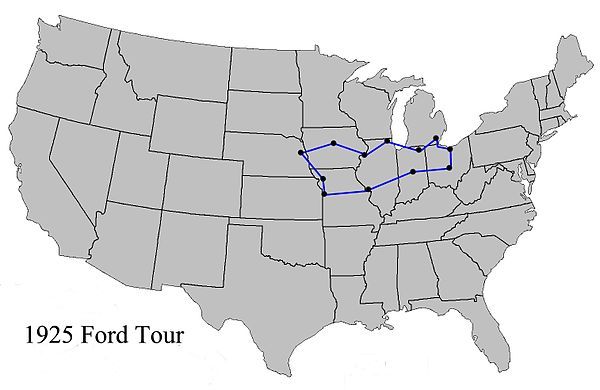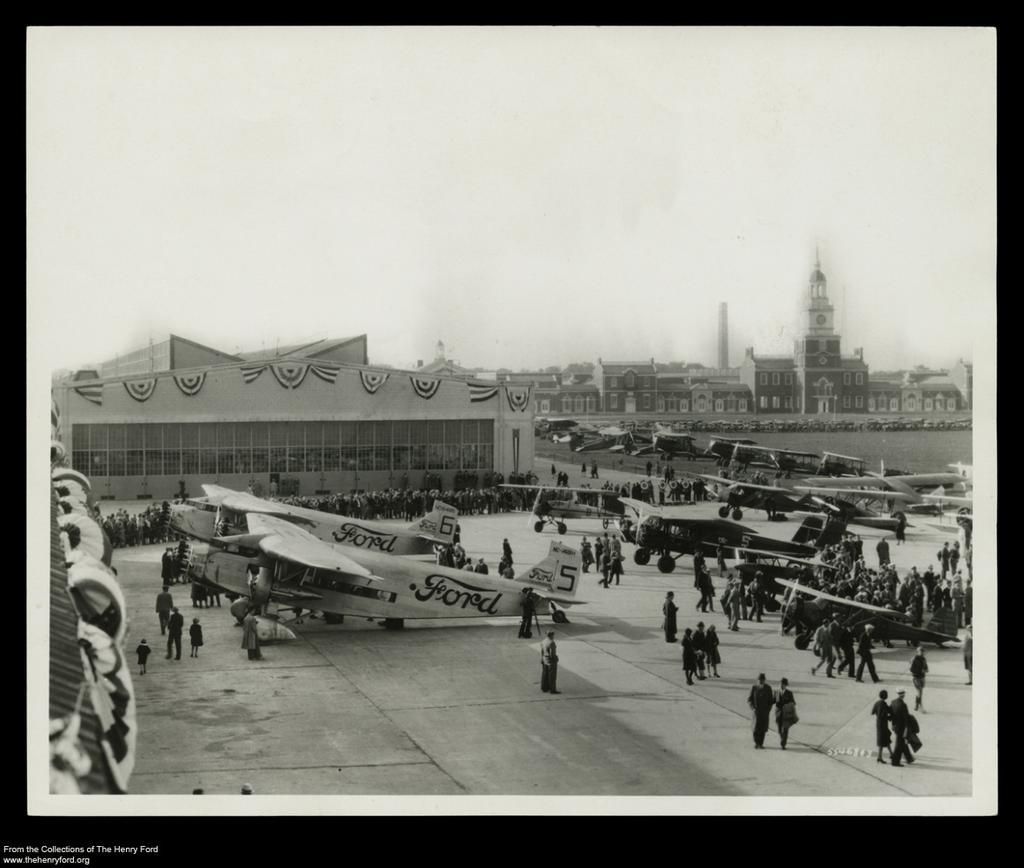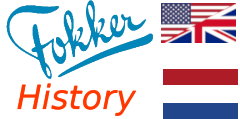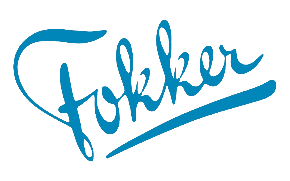Ford National Reliability Air Tour 1925
Preliminary translation
Ford National Reliability Air Tour 1925
The famous car manufacturer Henry Ford wanted to improve the image of aviation. He believed that America was beginning to mature for commercial aviation.
Henry Ford and his son Edsel organized the Ford Reliability Tour in July 1925.
This was a commercial aircraft competition with an emphasis on reliability. The intention was to make it an annual event to increase public confidence in air transport.
At the time of the announcement of the competition, Anthony Fokker was in America to demonstrate his (single-engine) F-VIIa. His fine nose for publicity immediately smelled of possibilities.
It is not known whether the accident with this F.VIIa in Pennsylvania had already taken place at that time, but Fokker had been convinced of the importance of 3-engine aircraft.
So he signaled to Platz, his chief engineer, that the second F.Vlla should be converted into a three-engine machine and then shipped to America for the Ford Reliability Tour.
The air tour was not about who arrived at the destination first. Everything revolved around reliability. When a stage was completed within a certain time, a so-called "perfect score" was obtained.
Whoever achieved the most perfect scores was the winner.
Since several of the 17 participants achieved a "perfect score" every day, there was actually no winner. Fokker had already foreseen that. The assignment was essentially quite simple, especially for those who had a good aircraft at their disposal. He therefore always tried to be the first to arrive at the final destination of the day in question.
The first three days it worked effortlessly. The waiting journalists therefore rushed to Fokker, quickly wrote their story and passed it on to their editors by telephone. Sometimes, but by no means always, they mentioned participants who had arrived later. Fokker always enjoyed much more attention than the rest. He also got the most attention from the papers on the fourth day, when he didn't even arrive first. He had already built up such a big "publicity lead" by then that the media could no longer ignore him.
The newspapers wrote so much about the Fokker Trimotor that they even spoke of the "Fokker Reliability Tour" or the "Fokker Publicity Tour".
Based on:
http://www.nederlandseluchtvaart.nl/forums/showthread.php?4186-Fokker-F-VIIa-3m

F-VIIa-3m VS Ford Trimotor
Despite the successes in the publicity, the F.VIIa-3m did not live up to the high sales expectations in America.
The reason for this was that the capacity of eight passengers soon proved too small for the American domestic air network.
Henry Ford had success with his Ford 4-AT very similar to the Fokker and the later, almost identical 5-AT, with room for 12 to 15 passengers.
Remarkably, Ford, following Junkers, used corrugated metal sheets for both the wing and fuselage cladding, while Fokker stuck to its wooden wings and cloth-covered tubular steel fuselages. Ford's success with metal construction was no reason for Fokker to also focus on this.
Neither the time nor the state of the art were ripe for this at the time, as is also apparent from the sales successes of his three-engines outside America. The F.VIIb-3m in particular was a great success.
The above texts are based on an article in
http://www.nederlandseluchtvaart.nl
Links:
https://en.wikipedia.org/wiki/Ford_National_Reliability_Air_Tour#1925_National_Air_Tour
http://www.dutch-aviation.nl/index5/Civil/index5-2%20F7a.html

At about 3' 50'' you see the F-VIIa/3m take off.



